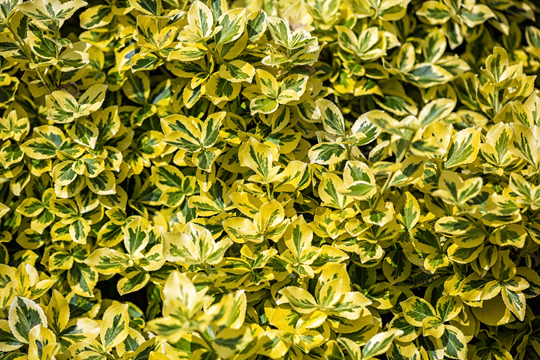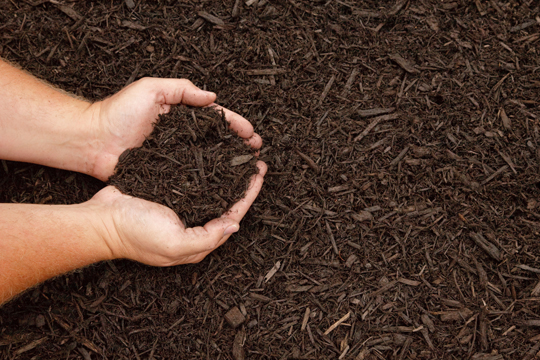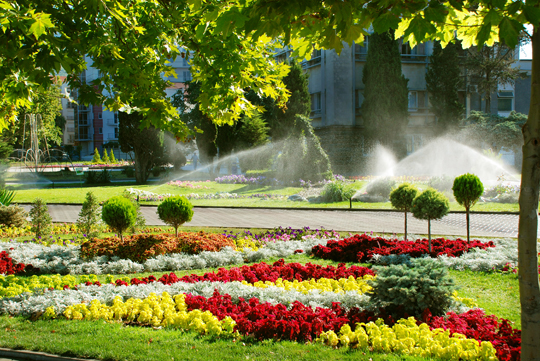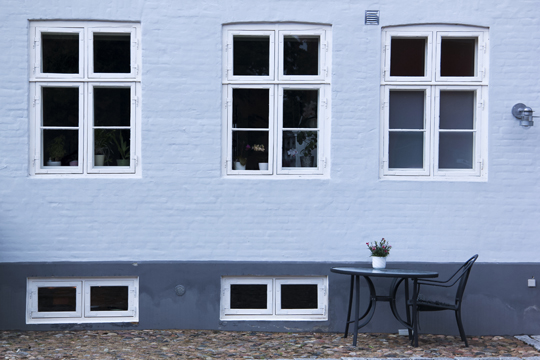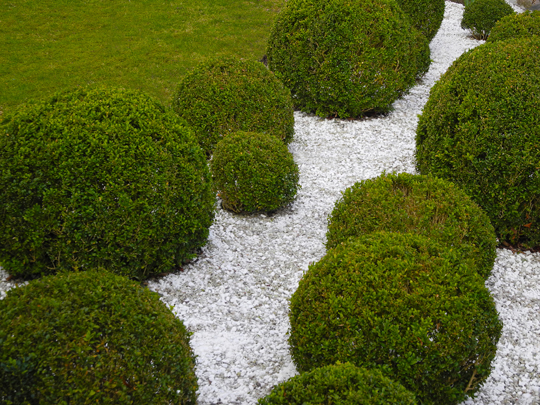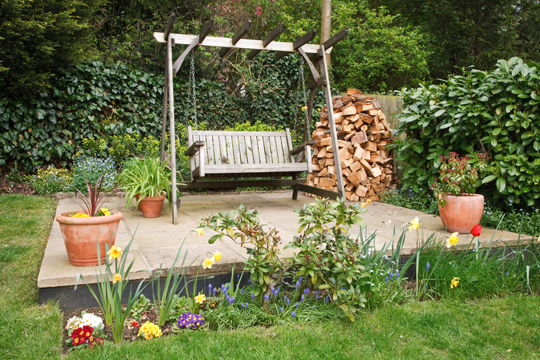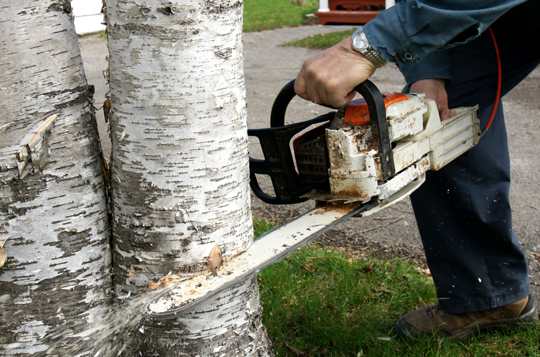As summer melts into fall, it is important to take a look at the trees on your property and decide which ones need pruning. Ignoring this crucial chore could lead to devastating consequences for your home, especially if you live in an area that is prone to heavy, blustering fall winds and rain.
An overgrown, top-heavy tree could easily topple over into your home or drop dangerous branches in conditions of high wind. While you should call in the services of a professional arborist for specialty trees, you can deal with most of your trees by yourself. The key to learning how to thin trees effectively is to realize the effect pruning has on a tree.
Every cut and break you make to a tree’s structure and leaves is like a wound to the tree. When you thin a tree, you have to remove branches and foliage, but every lost leaf reduces the tree’s ability to photosynthesize and harness nutrients. That is why it is vital to the long-term health of your trees to prune them only as much as is necessary.
How to Prune Your Trees
There are a few basic methods you need to master when learning how to thin trees. The first is to step back and take a good look at your tree to determine where it needs pruning. Picture the tree canopy in the image of a perfect oval and remove any branches that fall outside that space.
Use pruning shears or a pruning saw on thicker branches. Make the cut at a slight upward angle just above the V where the branch you are removing meets the tree trunk or another branch. Make sure that you cut straight through the branch to prevent the bark from tearing downward. Stripping the bark from a tree makes it more susceptible to disease.
When to Prune Your Trees
Certain trees need to be thinned at certain times of the year. For instance, maple trees should only be thinned during summer, or if you’re feeling hardy enough, during winter. These are the times of the year when the tree’s sap is safely stored in its roots, meaning that you won’t have a big, sticky mess on your hands when you prune it. Before you prune any tree, it is best to determine its species and the appropriate pruning season for that tree. Also take care to never thin trees that are close to power and utility lines – if you have such a tree to deal with, it’s always best to call in a professional.
Need Professional Advice?
Learning how to thin trees takes time, patience, and some skilled guidance. If you need to consult with a professional arborist, visit TalkLocal’s website. We can help you find highly rated, certified arborists in your area via our free, online referral service.


